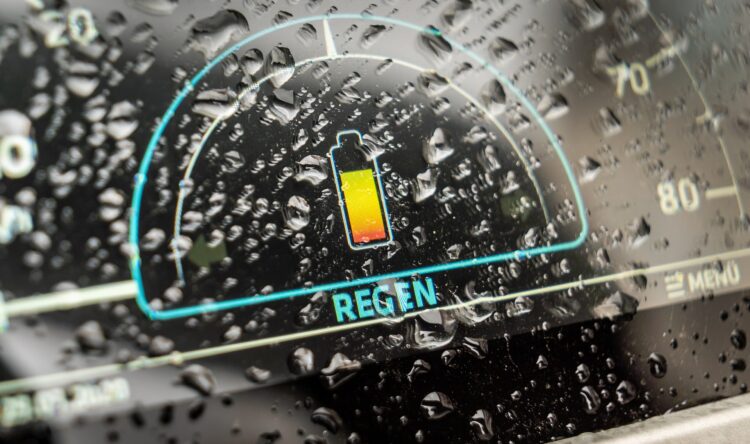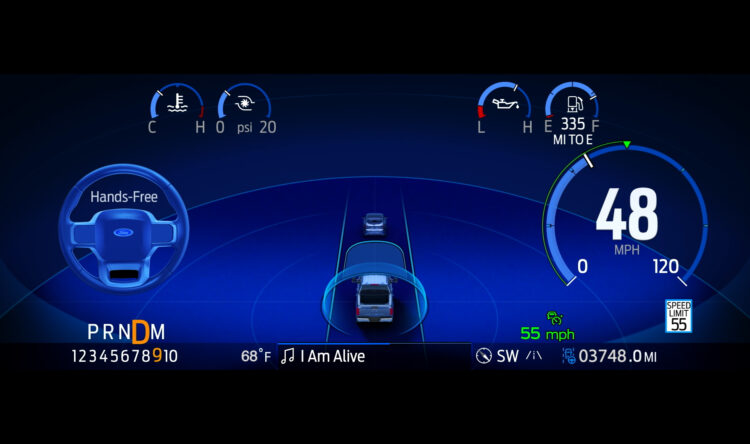The increasing value of connected cars
Drivers reveal there key in-car tech expectations
Finding a parking space is an increasingly important part of any journey.
As parking restrictions, fines and resident only parking schemes increasingly dominate urban roads and destinations, so finding somewhere to park up is at a premium.
Add to this finding free or cheaper options to leave the motor for a period of time just add to the pressures of using a motor vehicle. As local authorities look to bolster increasingly depleted funds, the car is the simplest g to option.
We’ve started…
Determining parking space availability near destinations is now the top requested in-car connected service for drivers around the world.
The conclusions comes from a survey – Connected Features Interest Survey Report – carried out by TechInsights. The report assessed 28 connected features, with nearly 5,000 drivers in the USA, UK, Germany, France, Italy and China asked. They were asked to rank their interest in each service to gauge demand.
Driving-related functionality, such as assessing the availability of parking spaces near a destination, traffic alerts and being able to pay for parking, fuel and tolls from the car are amongst the most desirable features globally.
Where do we stop
In-car parking information is ranked the most valuable feature cited by Chinese drivers. For drivers across it comes in as their second priority, but only 1% behind the top-rated choice. Fo our American cousins, respondents placed it at 67%, just 3% behind their top priority – traffic information.
Drivers in Western Europe and China are increasingly concerned about whether they will be able to find parking at their destination. Additionally, those with larger vehicles have a higher preference to reserve spaces at their destination.
The survey results show drivers increasingly expect parking to be seamlessly integrated into the in-car navigation process.
Paying the price
It is also partly the reason that in-car payments have become an increasingly desirable function. Previously an early adopter highlight, it is now a mainstream demand. Of course, this helps with booking parking on the move. A highly desirable function, with a probability of choice for 56% of global respondents and ranked just 12% behind the top global priority.
The rising demand for in-vehicle payments covers services other than parking. Fuel, tolls and food are also popular purchases across all age groups and their technology engagement levels.
These results show drivers gaining increased confidence using such services. This is essentially due to the reduction in perceived complexity, the increasing value of convenience and the removal of human physical contact required for such transactions.
Young and old, convenience is king
Technology types in cars is increasingly demanded across all types and ages of motorist. Having in-car connected services that help with finding a parking space has become a top priority for late adopters in Europe, but also for the youngest drivers aged 18-24 years old.
It ranks similarly high in the USA, with 18-24 year-olds and 35-44 year-olds citing it as their top priority. Notably, it comes six places above alerts such as traffic for younger drivers. Younger generations are looking to avoid receiving streams of alerts during journeys, a positive reduction in distractions. Instead, they prefer automatic rerouting to their destination with parking included. Parking is increasingly cited as their most significant concern once they are on their way.
Shopping for more
Figures from China show that the ability to make in-car payments has changed from being a “nice-to-have” to a “highly desirable” established feature for many young drivers. There is a double-digit year-on-year growth expectation in this market from 2022 to 2030. It recognises that motorists have an increased level of trust in making payments from their vehicles and a desire for maximum convenience and a seamless user experience.
Fashionable new features such as in-car games, email or social media integrations and calendar management, are now available in an increasing range of cars. However, these are typically seen as far less desirable than those that are journey-related.
Feeding demand
“As our roads get busier and drivers’ lives become more hectic, we are not surprised to see demand for journey-related connected features,” says Duncan Licence, Chief Product Officer at Parkopedia. This makes “driving safer and more convenient”.
Licence says that the priority for producers and designer is now to “provide a holistic driving experience with the seamless integration of navigation and parking services to take the stress out of their drivers’ journeys.”
But as technology provides the options, then customer demands increase even faster. Licence believes “automakers are still lagging behind their customers’ expectations when it comes to delivering the right services”.
“The data and feedback globally shows that many drivers are likely to avoid certain vehicles or brands if their data, mapping and in-car payment services do not meet today’s expectations.”





